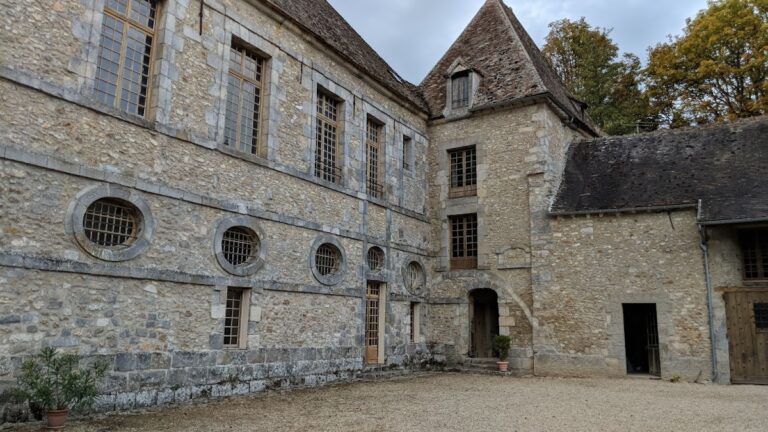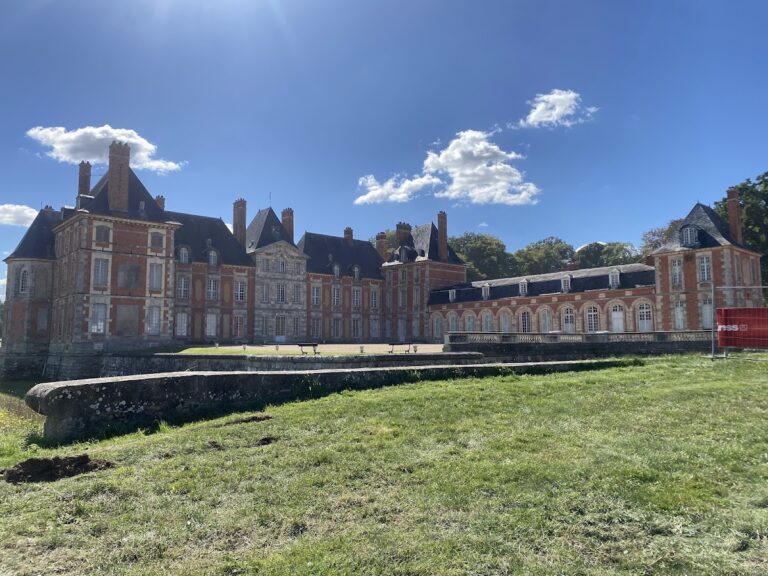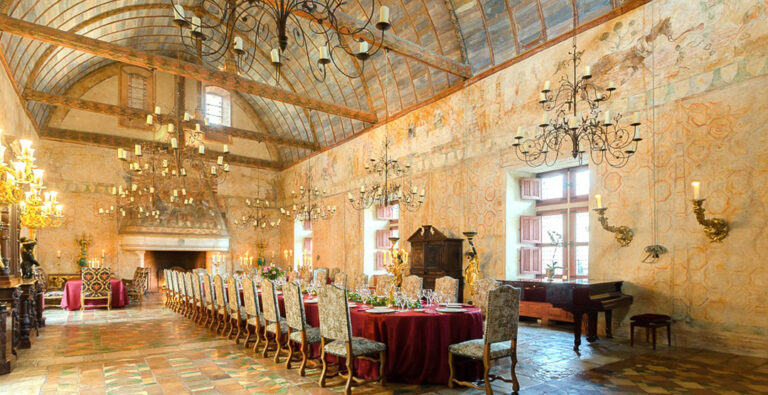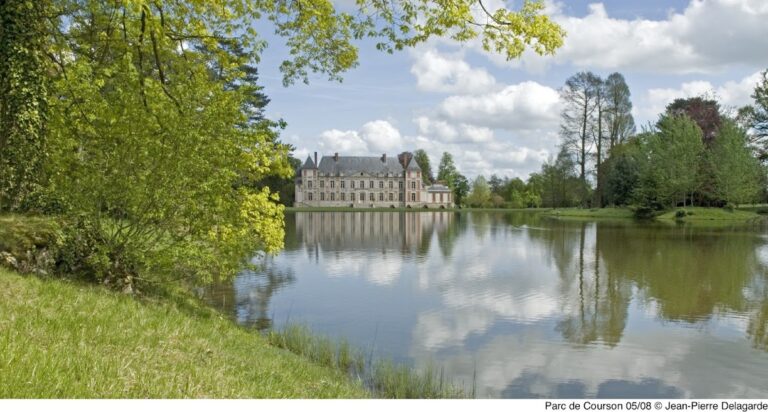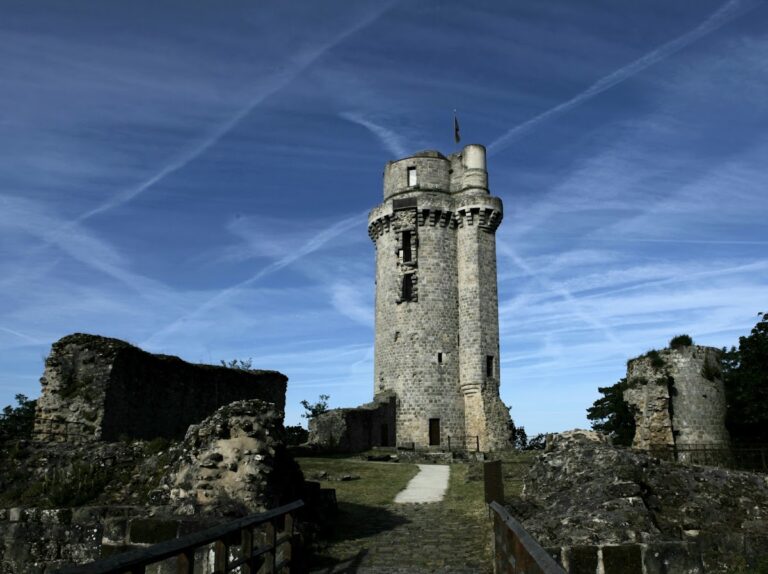Château de Gillevoisin: A Late Renaissance Château in Janville-sur-Juine, France
Visitor Information
Google Rating: 4.2
Popularity: Very Low
Google Maps: View on Google Maps
Country: France
Civilization: Unclassified
Remains: Military
History
The Château de Gillevoisin stands in the town of Janville-sur-Juine, France, and its origins date back to the late Renaissance period within this part of the Île-de-France region. Construction of the château primarily took place during the late 16th and early 17th centuries, reflecting architectural developments of that era under French influence.
Ownership and building activity at Gillevoisin are linked to several notable figures from the period. In 1565, Jacques Amyot, a prominent humanist known for his scholarly contributions, owned the estate and is considered partly responsible for its initial development. Later, the property passed through the hands of Marie Brisson, the heiress of Barnabé Brisson who died in 1592. Marie was married to François Miron, an important Parisian official serving as the provost of the merchants. Their tenure may have influenced enhancements to the château reflecting their standing in Parisian society.
By the early 17th century, Nicolas Gobelin of the renowned Gobelin family, famed for their dyeing craft, acquired the estate in 1618. His ownership coincided with further building phases, placing the main construction period around the first half of the 1600s. The Gobelin family’s connection situates the château within the broader context of influential artisan and merchant families in France.
During the 19th century, significant remodeling altered much of the château’s original fabric, adapting it to the tastes and needs of that century’s occupants while preserving its essential character. Its historical and architectural value was formally recognized on February 13, 1969, when the château was officially granted protected status as a historic monument.
An additional chapter in its history includes its use as a film location in 1967, serving as the backdrop for the French comedy “Les Grandes Vacances,” directed by Jean Girault and starring Louis de Funès, linking the site to cultural production in the 20th century.
Remains
The Château de Gillevoisin exhibits a construction style characteristic of the late Renaissance transitioning into early Baroque influences from the 16th and 17th centuries. While precise details of its layout are not extensively documented, the existing exterior bears witness to its original period of construction combined with notable changes from the 19th century remodeling.
The château’s exterior features materials and building techniques common to French noble residences of the time, likely combining stone masonry with traditional slate roofing. Although specific decorative or architectural elements are not detailed in available records, photographs reveal an imposing structure that has weathered centuries of change.
Substantial modifications during the 1800s altered Gillevoisin’s architectural fabric, reflecting evolving styles and possibly the requirements of new owners. These transformations have left the château in a form that blends original early modern components with later interventions, providing a layered historical narrative visible in its walls and façades.
Today, the château’s condition preserves much of its exterior presence. Despite transformations over time, it remains a significant historical monument, offering tangible links to the cultural and social history of its region. Photographic records support its enduring prominence but do not include detailed archaeological findings or inscriptions.
No documented archaeological excavations or uncovered artifacts have been reported, so the château’s remains are understood primarily through its standing architecture supplemented by historical accounts. The site’s significance rests in its association with notable families and its evolution across centuries, rather than in particular archaeological discoveries.





